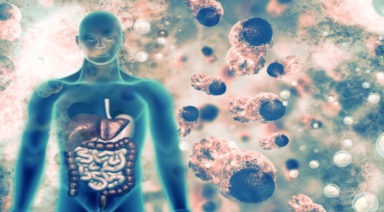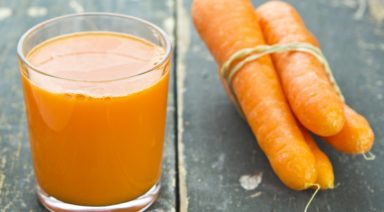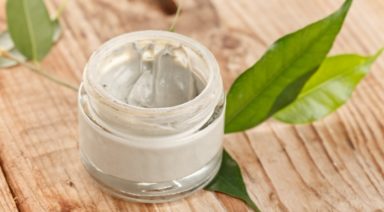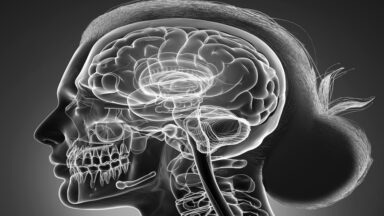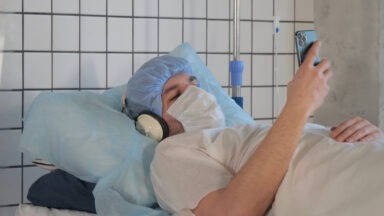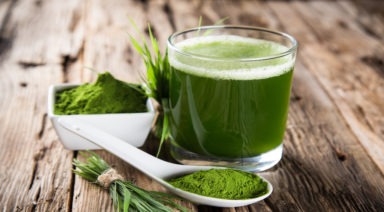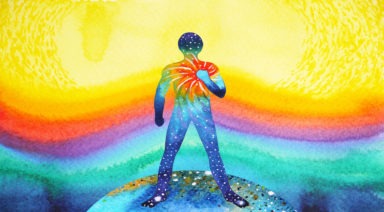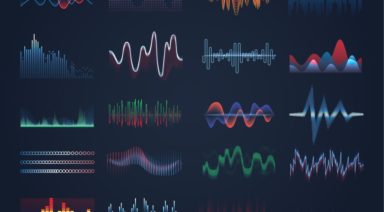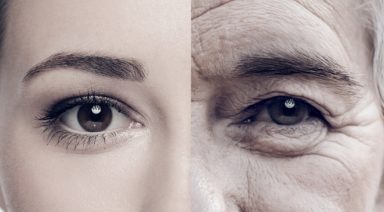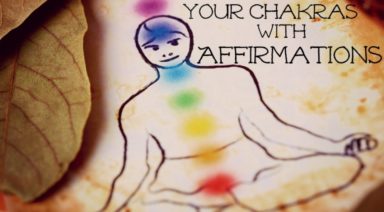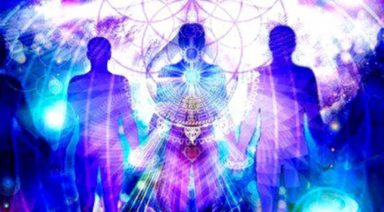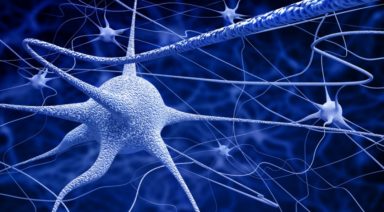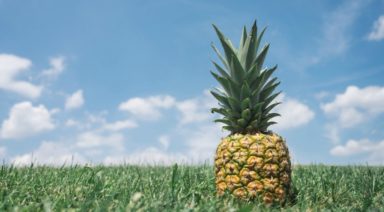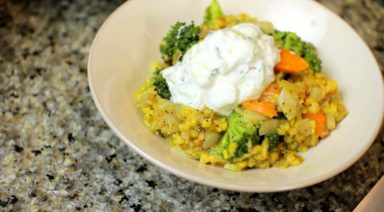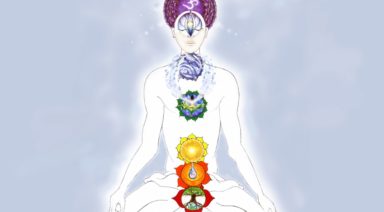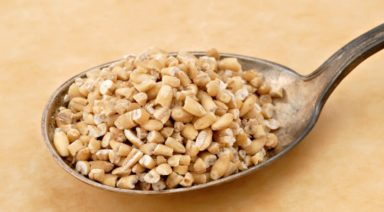Jo Cameron’s Life Without Pain; A Story of Rare Genetic Mutations

When Jo Cameron underwent a double hand surgery procedure, which would have left most people in excruciating pain, she left the hospital happy, vivacious, and in no pain whatsoever. At the time, Cameron was 65 years old and should have been even more susceptible to the surgery’s painful aftermath. Recognizing this anomalous behavior, doctors decided to investigate and found Cameron’s DNA contained two genetic mutations that made her unable to feel pain either physically or emotionally.
A Happy Genetic Mutation
Like anyone else, Cameron has been scraped, burned, and bruised throughout her life. But these physical injuries had little effect on her. After two surgeries, which left doctors baffled by her recovery — she needed only two aspirin the day after a hip-replacement surgery to deal with the pain — she was referred to a team of specialists at University College London’s Molecular Nociception Group (UCL).
Following a thorough DNA study, scientists at UCL published an unusual case report in the British Journal of Anaesthesia, revealing their findings of two genetic mutations:
Genetic Mutation #1:
This mutation affects the FAAH gene, which produces the enzyme responsible for breaking down anandamide — a neurotransmitter that’s been dubbed “the bliss molecule” (appropriately named after the Sanskrit word for bliss, "ananda") for its ability to bind to THC receptors, affecting mood, appetite, pain, and memory. When the FAAH genes break down anandamide, we experience physical and mental pain. But with a mutation like Cameron’s, the bliss molecule is allowed to preside, bringing out anandamide’s positive effects.
Surprisingly, this genetic mutation is not as uncommon as one may think, as about 20 percent of Americans are said to possess it. However, this percent of the populace doesn’t have Cameron’s second mutation, which compounds the effect and prevents her from experiencing any pain at all.
Genetic Mutation #2:
The discovery of this rare genetic mutation, named the FAAH-OUT gene, was said to be scientifically groundbreaking, as it was found to be a previously unidentified gene. As may be guessed from its name, the FAAH-OUT gene has a bearing on the FAAH gene, essentially turning down its activity. Working in concert, these two genetic mutations enabled Cameron to live her life unable to feel pain.
“I knew that I was happy-go-lucky, but it didn’t dawn on me that I was different. I thought it was just me. I didn’t know anything strange was going on until I was 65,” she told the The Guardian,
Development of New Pain-Relief Treatments
The search for reliable pain-relief treatments has been ongoing for millennia, with doctors and researchers historically relying on medications that target opioid receptors. But of course, this approach has led to an epidemic of addiction, abuse, and fatality, with more than 130 people now dying in the United States from opioid addiction daily.
Cameron’s genetic mutations bring the FAAH and FAAH-OUT genes into the spotlight, when it comes to pain-relief alternatives. While experimental drugs involving FAAH receptors previously failed, the FAAH-OUT discovery provides researchers more insight on how to target the endocannabinoid pathway involved in a variety of physiological and cognitive processes, including pain sensation.
To many sufferers who have turned to medical marijuana for relief, it is no surprise that working with endocannabinoid receptors should be considered a safe and successful means of ameliorating chronic pain. For years, individuals reeling from a range of maladies — from cancer to Crohn’s Disease to paralytic anxiety to suicidal depression — have fought to legalize marijuana as a powerful treatment option.
Is Being Unable to Feel Pain Necessarily Good?
While the prospect of dulling or totally eradicating pain may be alluring, it is important to bear in mind why all living beings experience pain in the first place: as a survival mechanism.
Pain is the catalyst for both physical and emotional lessons.
Experiencing physical pain alerts us to something being physiologically wrong. Just because one doesn’t have pain doesn’t mean he or she is immune to illness or injury. For example, if one sustains a wound and isn’t aware of it, left untreated, that wound could become infected and lead to something more serious like illness or even death; pain can be a biological warning pointing to a larger problem.
The same holds true for emotional pain. Serving as another survival mechanism, emotional pain generally runs along the spectrum of fear and happiness. Being highly in-tune with emotional well-being often results in increased self-awareness and when the balance shifts toward pain one is instinctually alerted to danger. Juxtaposed against agony or discomfort, a feeling of well-being also tends to foster a sense of safety.
The case of Cameron, who only realizes she’s burning herself on the oven when she smells singed flesh, but feels no pain to warn her, prompts a great philosophical question: What is life without pain?
Although pain can be regarded as a purely biological function, its absence seems to thwart the natural laws of the yin and yang. Can one truly know the height of happiness if he or she hasn’t known the depths of sorrow? While some may envy or dream of life without pain, it may be argued that everything in life is relative, which gives pain a rarely-appreciated purpose.
Check out Alan Watts’ explanation of the Zen Buddhist perspective of pain:
Study Finds Anti-Inflammatory Meds Are Causing Chronic Pain

A groundbreaking new study suggests that commonly used anti-inflammatory drugs and steroids may cause pain to become chronic. Could this lead to a dramatic paradigm shift in how pain is managed and prevented?
For the vast majority of people in acute pain, taking an over-the-counter anti-inflammatory, such as ibuprofen is the usual course of action. Inflammation has, for decades, been seen as a cause of pain and its control, the goal of patients and doctors. A new study suggests, however, that inflammation may actually be necessary to prevent pain from becoming chronic.
Given today’s overwhelming prevalence of chronic pain — pain that persists for more than three months — scientists have lately been turning their focus to studying the process by which acute pain transitions into more lasting and debilitating pain.
Researchers at McGill University recently completed a study in which they observed this process, using several methods. First, they looked at patients with lower back and facial pain.
Upon analysis of their immune cell samples, the scientists were surprised to find that those whose pain resolved showed an intense spike in the activity of inflammatory genes during the acute pain stages, which then rapidly diminished within three months.



